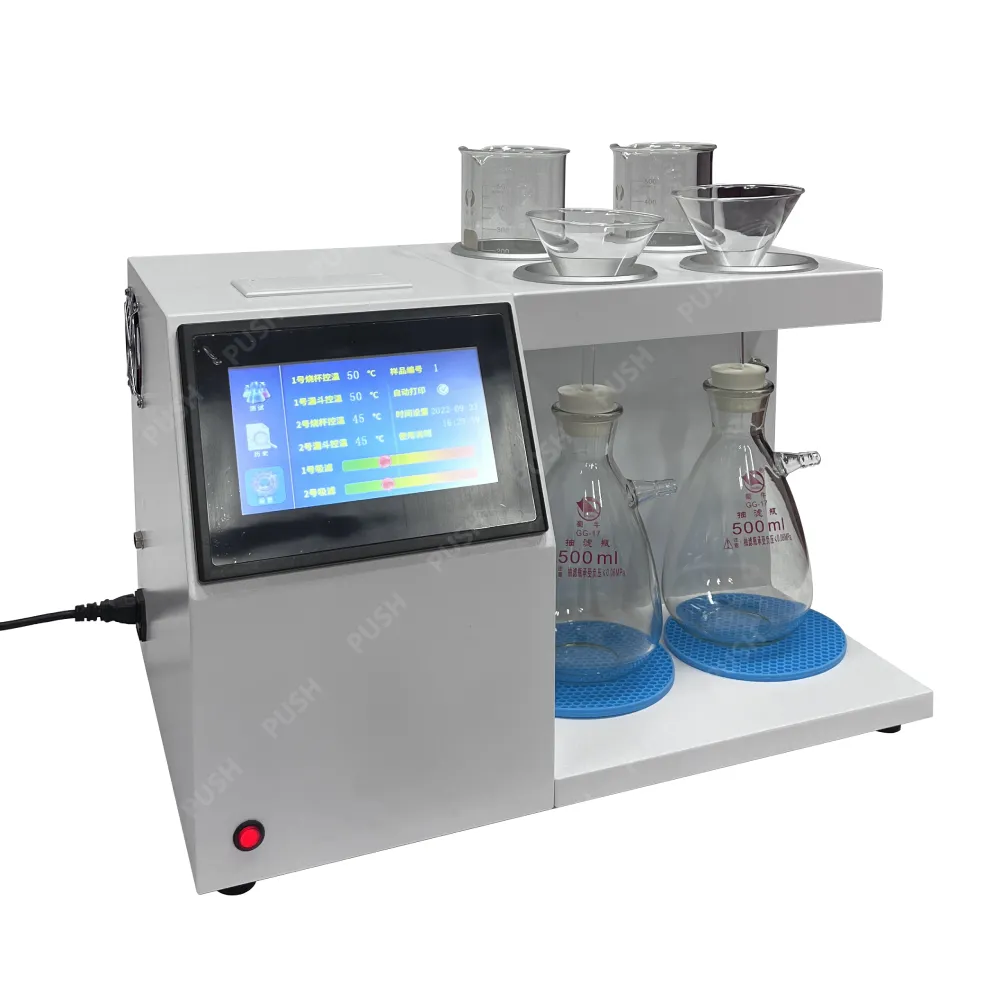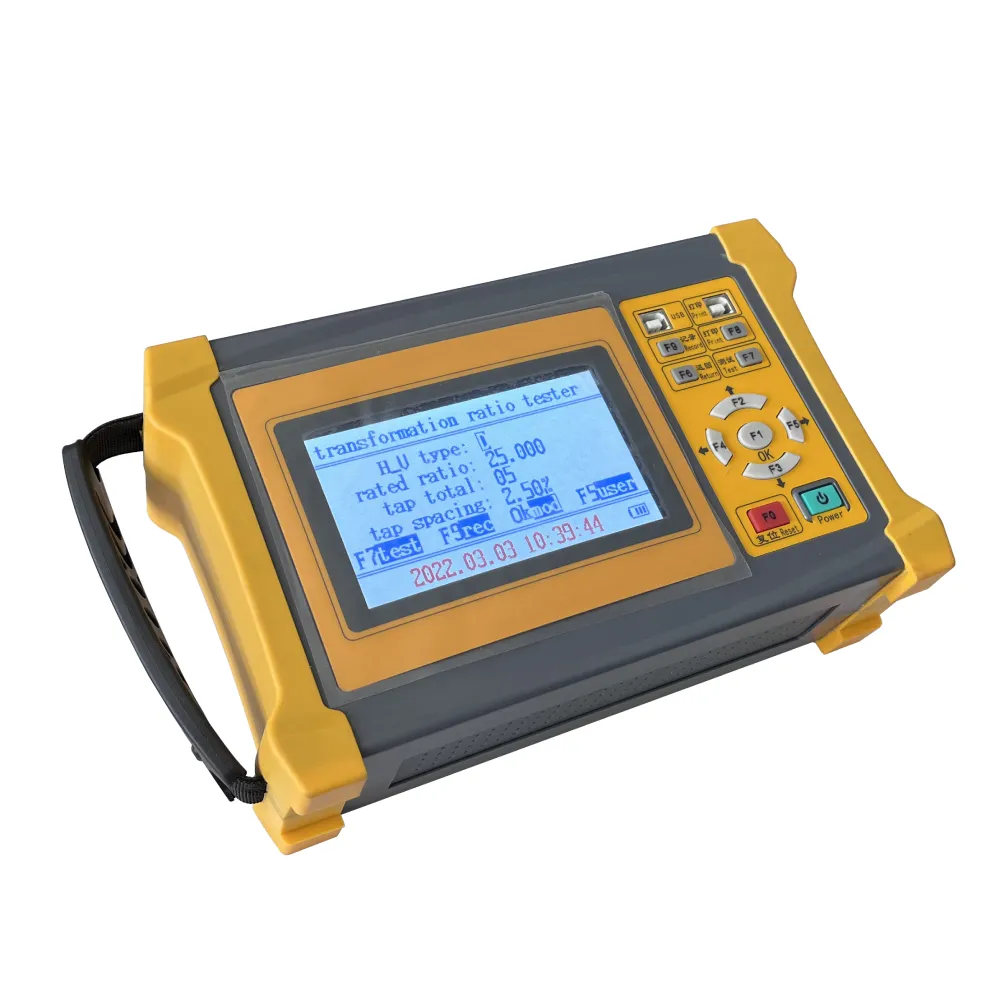TEL:
+86-0312-3189593
 English
English

Telephone:0312-3189593

Email:sales@oil-tester.com
2 月 . 14, 2025 18:29
Back to list
Single Cup Transformer Insulation Oil Breakdown Voltage Bdv Tester
Ensuring the seamless operation of transformers before they are fully integrated into electrical systems is crucial. Transformers, being pivotal in voltage regulation and distribution, must undergo rigorous testing before commissioning. This ensures not only optimal performance but also reinforces safety and economic efficiency. Here, we delve into the comprehensive process of testing transformers before commissioning, offering insights derived from extensive expertise and experience in the field.
6. Functional Tests of Protective Devices Ensuring all protective devices, such as overload relays and pressure relief valves, are functioning is imperative. By testing these devices, professionals confirm that the transformer can protect itself automatically against faults or overload conditions. 7. Power Factor Testing The power factor test is critical for determining the efficiency of the transformer. A high power factor indicates that the transformer is efficient at converting input power to output power, a sign of optimal performance. 8. Temperature Rise Tests Conducted to ensure that the transformer can handle temperature stresses during operation, these tests simulate load conditions to measure the temperature rise. This ensures that transformers operate safely under expected load conditions without overheating, which could lead to performance degradation. Implementing these rigorous tests requires deep technical expertise and industry know-how. Professionals conducting these tests rely on a combination of advanced technology and hands-on experience to interpret results accurately. The testing phase is critical, saving operators from costly downtime and repairs and extending the operational life of the transformer. Failures and inefficiencies in transformers not only lead to expensive repairs but also pose safety risks. Therefore, the pre-commissioning testing of transformers is not just an operational requirement but a value-driven approach towards reliability and safety in electrical systems. In conclusion, conducting comprehensive tests before commissioning transformers is a non-negotiable aspect of electrical system management. It embodies a synthesis of expertise, authoritative methodologies, and trustworthiness, ensuring that transformers will function under their designed parameters efficiently. By investing in robust pre-commissioning tests, industries safeguard their infrastructure, optimize performance, and uphold safety standards, reinforcing their commitment to operational excellence and sustainability.


6. Functional Tests of Protective Devices Ensuring all protective devices, such as overload relays and pressure relief valves, are functioning is imperative. By testing these devices, professionals confirm that the transformer can protect itself automatically against faults or overload conditions. 7. Power Factor Testing The power factor test is critical for determining the efficiency of the transformer. A high power factor indicates that the transformer is efficient at converting input power to output power, a sign of optimal performance. 8. Temperature Rise Tests Conducted to ensure that the transformer can handle temperature stresses during operation, these tests simulate load conditions to measure the temperature rise. This ensures that transformers operate safely under expected load conditions without overheating, which could lead to performance degradation. Implementing these rigorous tests requires deep technical expertise and industry know-how. Professionals conducting these tests rely on a combination of advanced technology and hands-on experience to interpret results accurately. The testing phase is critical, saving operators from costly downtime and repairs and extending the operational life of the transformer. Failures and inefficiencies in transformers not only lead to expensive repairs but also pose safety risks. Therefore, the pre-commissioning testing of transformers is not just an operational requirement but a value-driven approach towards reliability and safety in electrical systems. In conclusion, conducting comprehensive tests before commissioning transformers is a non-negotiable aspect of electrical system management. It embodies a synthesis of expertise, authoritative methodologies, and trustworthiness, ensuring that transformers will function under their designed parameters efficiently. By investing in robust pre-commissioning tests, industries safeguard their infrastructure, optimize performance, and uphold safety standards, reinforcing their commitment to operational excellence and sustainability.
Previous:
Latest news
-
Differences between open cup flash point tester and closed cup flash point testerNewsOct.31,2024
-
The Reliable Load Tap ChangerNewsOct.23,2024
-
The Essential Guide to Hipot TestersNewsOct.23,2024
-
The Digital Insulation TesterNewsOct.23,2024
-
The Best Earth Loop Impedance Tester for SaleNewsOct.23,2024
-
Tan Delta Tester--The Essential Tool for Electrical Insulation TestingNewsOct.23,2024





